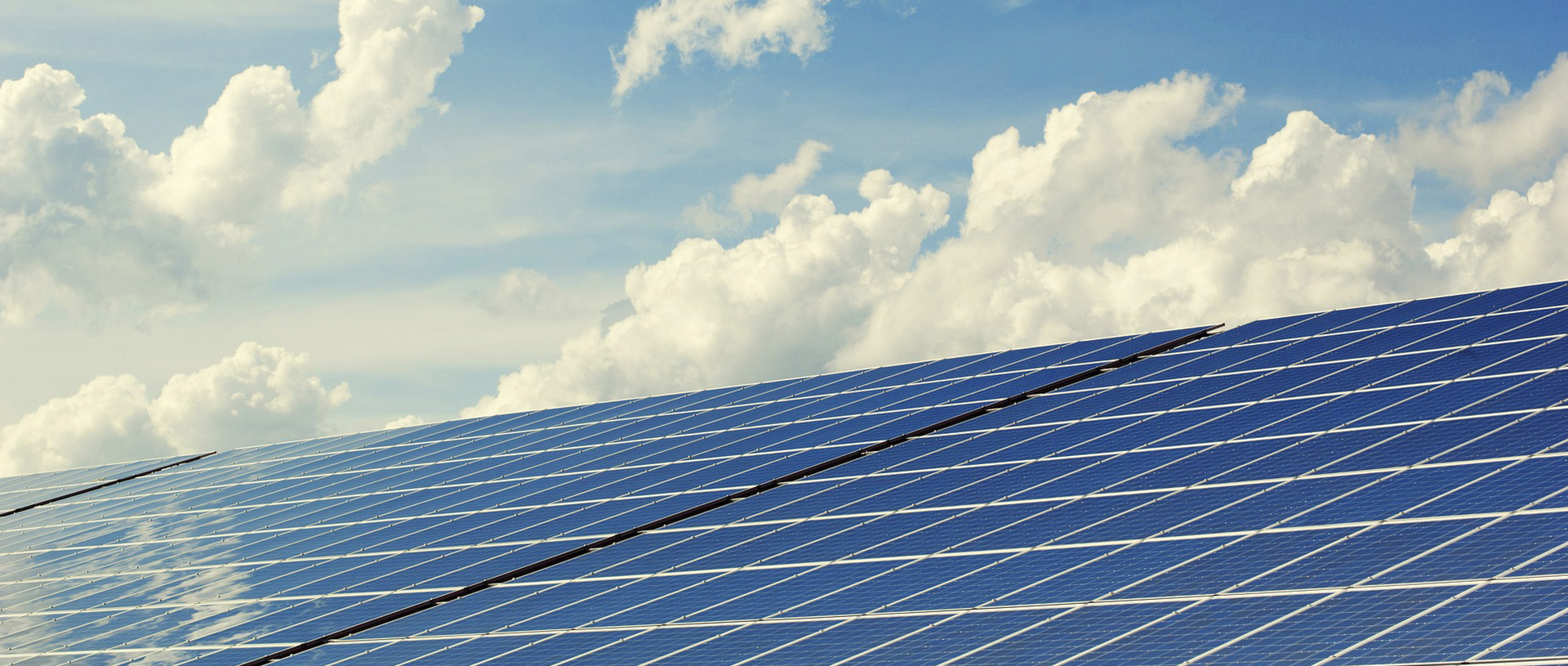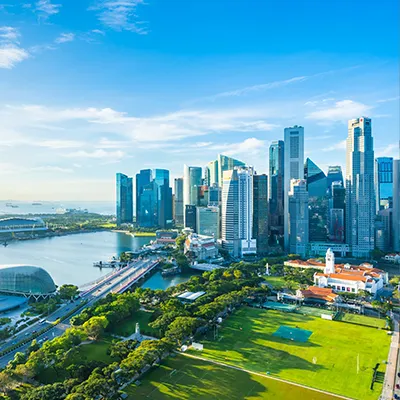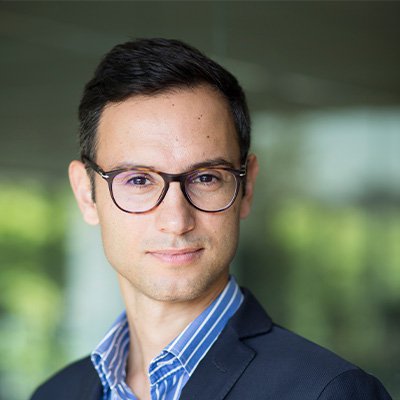Microsoft’s 20-year deal with Sunseap to power its data centres using solar energy aims to increase energy efficiency while meeting both economic and environmental goals.
In Singapore’s heat, data centres guzzle electricity. The extra cooling needed means that a typical 20-megawatt data centre here uses the same amount of power as 60,000 households, and total data centre energy use makes up almost a tenth of our total power capacity. Globally, a 2017 estimate by Data Economy revealed that data centres contributed as much greenhouse gas emissions to the atmosphere as the entire airline industry.
For Microsoft’s cloud computing business, finding green solutions to an ever-growing demand for data centres will be key to its continued success. In March 2018, Microsoft Singapore announced its first-ever clean energy deal in Asia, partnering local solar energy veteran Sunseap in the largest-ever solar project in Singapore.
For the next 20 years, Microsoft will purchase all of the zero-carbon energy generated by Sunseap’s 60 megawatt-peak solar project, operational since last year, which spans hundreds of rooftops across Singapore. Sunseap Group is the largest clean energy solutions provider in Singapore, with operations in the region spanning countries such as Cambodia, Malaysia and Australia. The partnership will allow Microsoft to grow its data centre business in Singapore, which currently delivers services such as Microsoft Azure and Office 365 to its customers..
Where sustainability meets profit
Microsoft’s global operations across 100 countries — Singapore included — have been carbon neutral since 2012, as their continued shift towards green energy helps them to create the “responsible cloud” for the future.
“Three years ago, we set out to increase our use of renewable energy to power the data centres and operations that support our growing cloud globally. Then, our goal was to use 50 per cent renewable energy by 2018, 60 per cent by early 2020 and continue increasing from there. Since then, we have exceeded our target, and this moves us towards our 60 per cent goal well ahead of schedule”, said Kevin Wo, Managing Director of Microsoft Singapore.
The most remarkable thing about Microsoft’s green energy push is that it has not come at the cost of competitiveness. In May 2018, the company surpassed Google in terms of market capitalisation, its value rising to US$749 billion (S$1.02 trillion). Over the 12 months preceding May last year, Microsoft’s value surged 40 per cent, bettering Alphabet’s gains by more than five times. Analysts have attributed much of that growth to its cloud business, as its existing data centre customers take on its cloud services.
Companies like Microsoft exemplify the fact that it is not a zero-sum game between these different measures of value. “We believe that acting as a responsible, sustainable company is not only the right thing to do, but it is good for business and for the communities we operate in. We have seen the benefits of reducing our carbon emissions and increasing the percentage of renewable energy we purchase in the form of smaller energy bills and more predictable energy costs over time”, Mr Wo said.
“We’ve also seen that customers, from individual consumers of devices to large enterprise customers, want to work with companies that take sustainability seriously and understand that our green investments deliver benefits to them as well”, he said.
The triple bottom line
Professor Judith Walls of Singapore’s Nanyang Technological University, Nanyang Business School has been observing this growing trend of companies meeting the “triple bottom line” of creating economic, social and environmental value in tandem.
“Over the past decade or so, companies across the globe have started to take responsibility for their triple bottom line and become more and more transparent about business activities with social and environmental impacts”, Professor Walls said.
Pollution and other ecological damage in the supply chain are often indications of wasteful or inefficient practices, and when they become streamlined and more efficient, waste gets cut and savings translate into greater revenue. Companies known for caring for social and environmental goals also avoid damage to their reputation, and subsequent protests or boycotts that stifle demand.
These reasons signal a win-win situation for companies looking to grow their revenues and meet social and environmental standards at the same time.
Singapore, a partner for sustainable growth
According to Professor Walls, this understanding of a synergistic triple bottom line has been more common in the West than in Asia. For instance, in B Lab’s 2018 top “changemakers” list of Benefit Corporations (businesses legally required to consider their holistic impact on stakeholders), three-quarters of the 203 companies listed are based in North America and Western Europe.
“In Asia, this concept is still relatively new. Most Asian economies have tended to focus on economic development but in the process of doing so, the environmental and social impacts of business activities have become critical points of contention much in the way it was during the 70s in Europe and North America. However, things are changing. In Singapore, for example, sustainability reporting has come into effect, which helps companies to focus on their environmental and social footprint”, she said.
Singapore firmly believes in offering the right support to help companies meet these goals. In terms of data centre energy use, for example, the Infocomm Development Authority (IMDA) of Singapore’s Green Data Centre Innovation Programme aims to raise the energy efficiency of the industry by offering research funding, as well as developing an innovation hub that catalyses collaboration between different parties.
More broadly, the government’s decision to impose a carbon tax from 2019 onwards is also aimed at incentivising certain industries, such as petroleum refining and chemicals, to reduce emissions and increase efficiency quickly. And this year, “Comply or Explain”, a Singapore Exchange regulation requiring Singapore-listed companies to publish a yearly sustainability report, came into effect, mandating that companies track information such as their economic, social and governance factors.
In these ways, Singapore continues to spur companies such as Microsoft to develop clean technologies that safeguard all three measures of value: profits, people and the planet.
“Since Microsoft began operations in Singapore in 1990, we have sought to create local opportunity, growth and impact and support the government’s efforts to make Singapore a smart, green and livable city. […] The clean energy ecosystem in Singapore provides an excellent example within the region of what is achievable”, Mr Wo said.
“The efforts across Singapore are beneficial to the clean energy sector as a whole, and enable technology companies including ourselves to formulate and execute renewable energy solutions to meet our clean energy goals now and into the future.”







